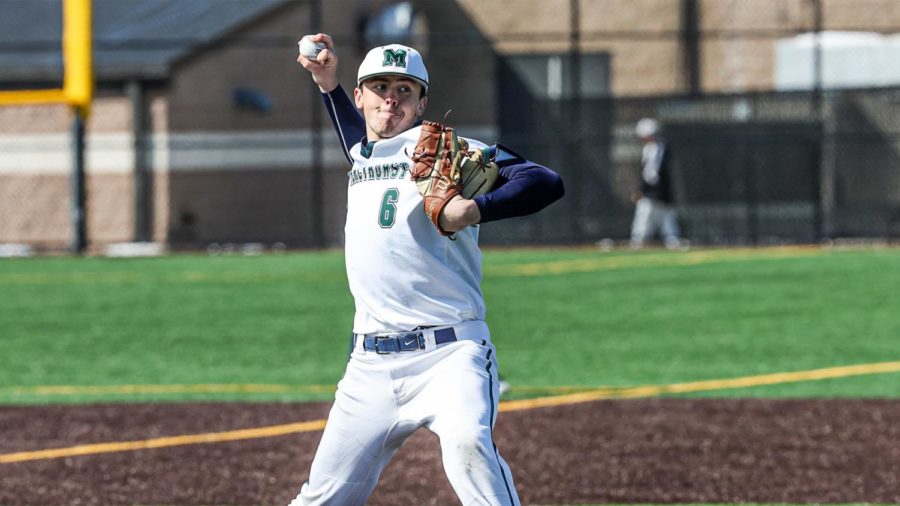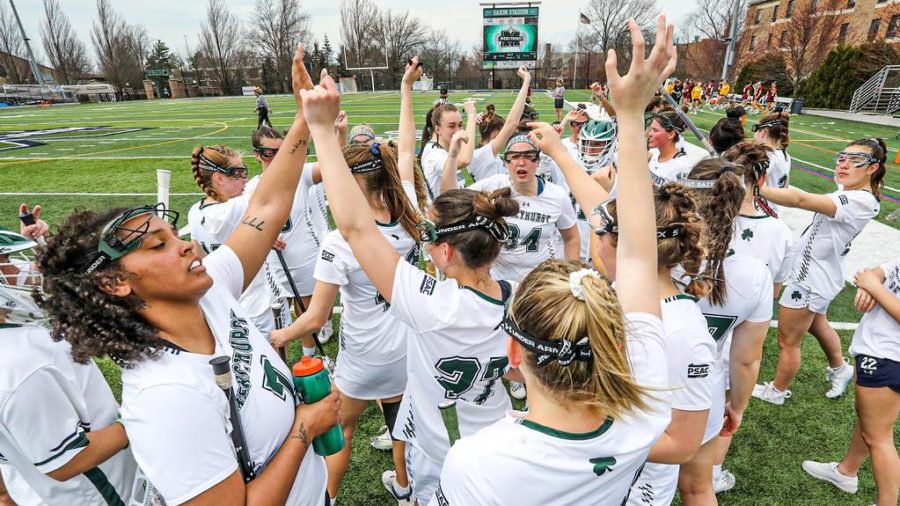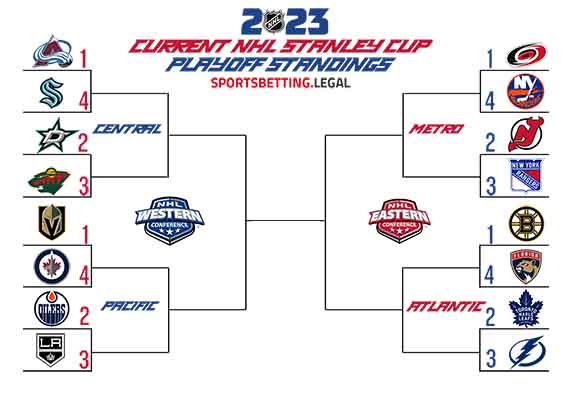Imagine this: The score is tied in the third period, there are about three minutes to go and your team takes a penalty. One of your forwards is doing two minutes in the penalty box, and you have to kill off an opponent’s power play in an effort to not let them get the go-ahead goal and wrap this game up.
The face-off is won by the other team; a player on your team manages to intercept a pass and rifles the puck down the ice. You breathe a heavy sigh of relief and skate towards your bench, but in the corner of your eye, you see the referee’s arm go up, and he blows his whistle. And he calls “icing” against you.
This kind of scenario is actually being enforced, but only in exhibition play for NCAA hockey colleges and universities, including Mercyhurst. Essentially, the rule would enforce icing at all times, (icing is defined as when the puck crosses two red lines without being touched) even when a team is attempting to kill off the penalty.
The rationale behind the rule change is apparently to create more scoring chances for the time with the man-advantage, as if having one more player than the opposition didn’t do that already. Another hopeful side effect was that perhaps players would be less eager to take a penalty and subject their team to that difficult situation.
In reality, what it really creates is a true two-minute advantage and renders defense unnecessary for the team with the extra skater on the ice. Some may argue that this is fair, but it seems an awful lot like just handing a team a goal on a silver platter.
Luckily, however, the NCAA voted down the change this past summer to keep the icing rule as it currently stands. It faced much criticism by coaches across the United States as well as Canadian teams who tried it out. Playing a penalty kill in such fashion would undoubtedly wear down the players too much, and then health becomes a concern.
The NCAA definitely did the right thing and its teams and players a favor by keeping things the way they are. The well-being and traditional flow of the game has been preserved, and the penalty-kill team still keeps the fair chance of avoiding a potentially very decisive goal.
If the rule had been changed, it would have been another example of attempting to fix something that is not broken.






